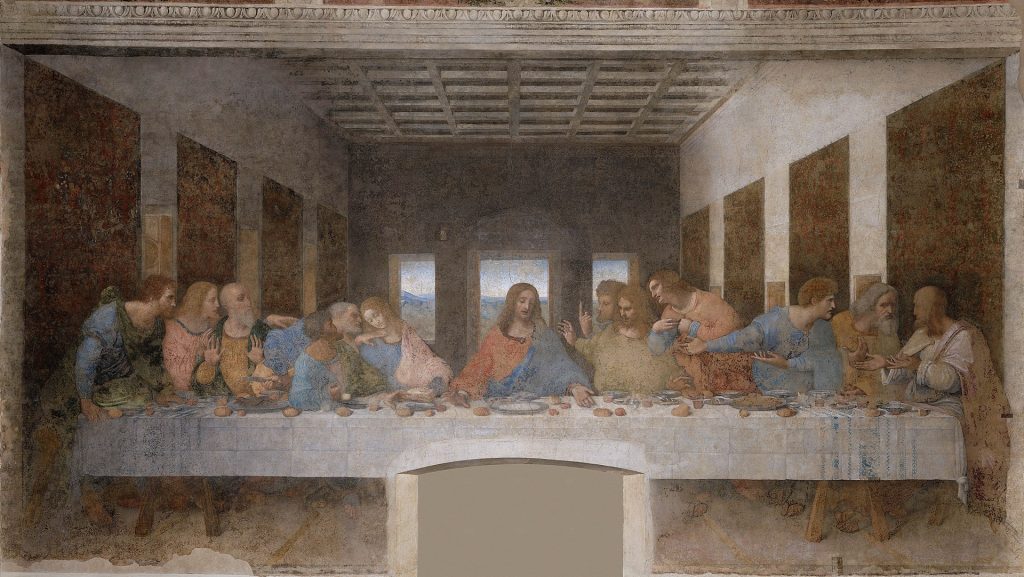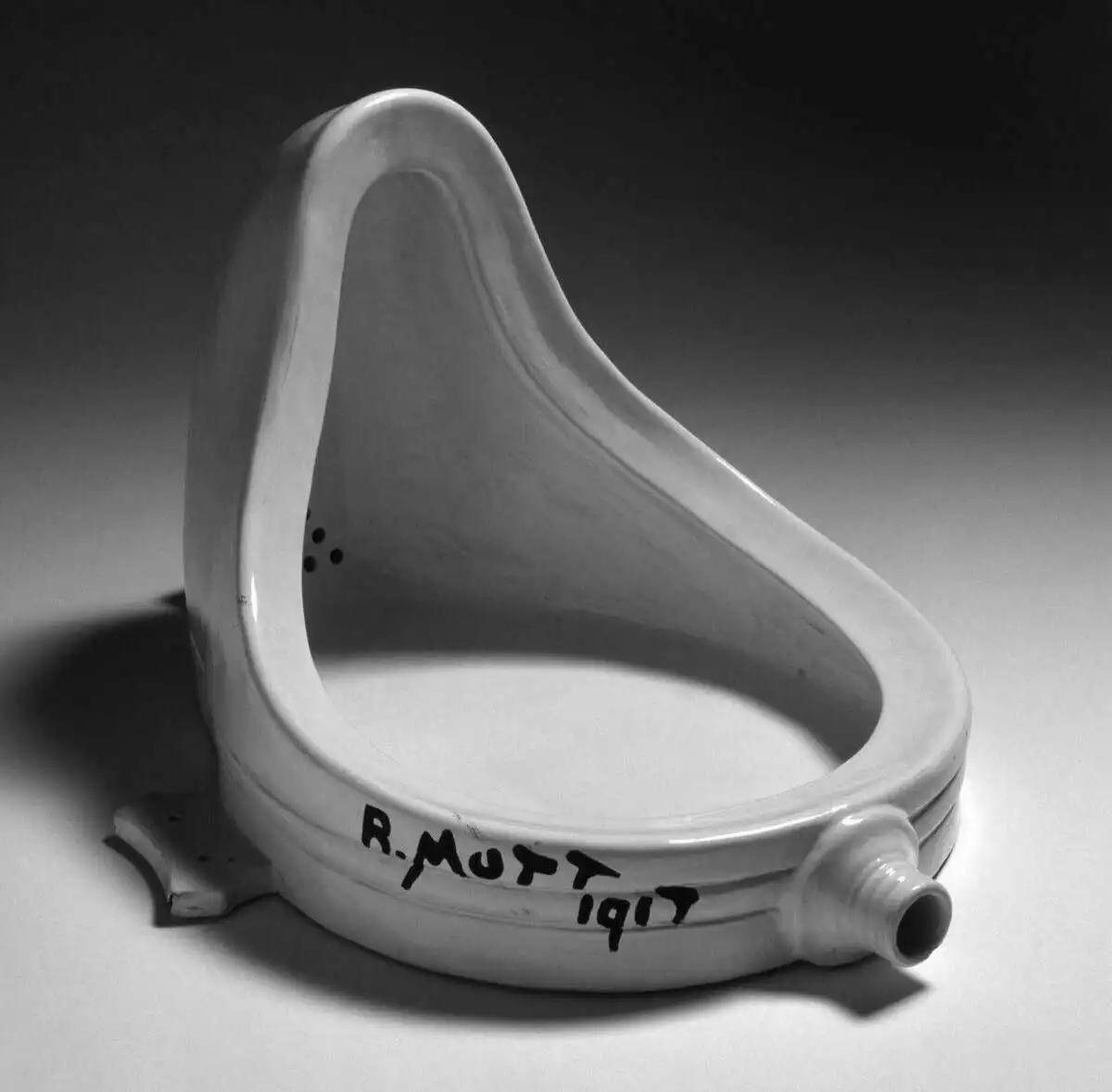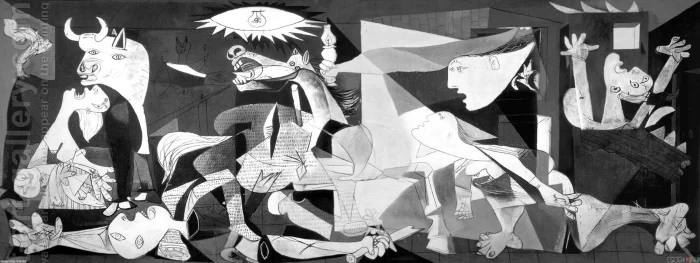"Art is the competition of honesty, not the competition of cleverness."
This is confusing for many people. We think of art as something pretty or a nice bit of color or perhaps based on our tastes. A lot of people fall in love with a “style” of art. While this is fine from a visual standpoint, it’s a bit like a Rube Goldberg device is to an engineer. Yes, it’s fun and enjoyable to look at but since it serves no purpose, it’s not meaningful and often simply a distraction.
There are also a lot of times art, especially modern is ugly. Maybe upsetting even in nature. It’s not that it’s trying to be purposefully offensive in this way, it’s that it’s seeking to be honest. The beauty of art seen this way is that, the only truly offensive art is that which is false.
Three categories of art :
— ANDREW (@LNG_WNTR_TRD_co) January 18, 2024
Masterful – Handles the technical medium.
Expressive – Makes a point with some narrative.
Destructive – Breaks the rules either through free association or a violation of norms.
going to come back to this…
I believe these three categories represent the main elements of all human creative expression. These are the primary colors of what we lay on top of the colors. In my last post Primary Colors, I talk about the paint and the painting. What we are to look at next is the painting. the meaning of it all. A point I make is that if we understand the core items we not only understand but can create with them. If we think about art or any kind of creation in this way, we might both understand how to better craft a message and fulfill our own creative desires.
Set aside taste
Before we dive into some work, let’s set aside our preferences. This is a good habit whenever we look to find out what is true, whenever we seek honesty. What we prefer is meaningless in the face of what is true. This can be difficult to do. It’s not something everyone can do. Often, people get so squeamish about how honest some art is that give up on art because it’s “too weird”. Well, here’s the deal. People are weird and art is only as weird as they are.
We can however judge if the works “speak to us”. This is important. “Is what the artist is saying meaningful to me?” This is a second layer we apply over the first.
Let’s explore these three items : Masterful, Expressive, and Destructive.
Below we are going to look at some classic examples of art that has moved art history. We’ll label them quickly with the “colors” that apply to them. The categories that make them resonate with the audience. I will also give a brief explanation of why they are important.
David, Michelangelo : Masterful + Expressive.
A masterpiece in marble. Commissioned by the catholic church, it’s distinctive quality as a work of art is it’s groundbreaking scale and quality.

The Last Supper, Leonardo da Vinci : Masterful + Expressive.
What made da Vinci’s last supper stand out was how he solved the issue of seeing all the characters involved. The composition is the stand out brilliance of the work, supported by da Vinci’s masterful handling of the medium.

Untitled, Jackson Pollock : Masterful + Destructive.
A style some struggle with, Pollock was responding to what felt like a thousand years of the human figure and nature scenes. While handling the medium masterfully, he also broke the traditional norms of narrative.

Fountain, Marcel Duchamp : Destructive.
Stepping further, Duchamp was essentially flipping the bird to the established art world by submitting a toilet as his piece of choice. While he made some statement about everyday objects being art, reality is that the story comes through pretty clear. It’s all bullshit.

Guernica, Picasso : Masterful + Expressive.
An expressive piece in response to the German bombing of Guernica, Picasso uses his distinct style to say more than could be said in a more traditional format.

Nighthawks, Edward Hopper : Masterful + Expressive
The clear narrative style and pleasing pallet of the 1940’s and 50’s comes through in nighthawks as Hopper seeks to illustrate the experience of urban life in America at the time.

Great artwork is the distillation and communication of honest ideas done masterfully.
If that isn’t interesting, I don’t know what is.
What makes it infinitely more interesting on a day to day basis and as a person exploring ideas is the radical commitment to honesty. A commitment that is willing to suffer to understand what is true.
When I was in my twenties, I made a “radical” choice (as many twentysomethings do). I made a choice to pursue a creative career. More so, to pursue a creative life. I couldn’t articulate it then as I might be able to now but, this was less about being somebody or even being great at something and much more about living an honest life. Over and over, I made choices I felt I could live with regardless of if they could be defended or understood.
Perhaps influenced by those Art History classes I took getting that Fine Art degree I hold today. Perhaps influenced by my father or the other role models in my life as a kid. Perhaps simply because I could feel the power of destructive honesty.
Consider the contrast of these three themes. How might you mix them together to create something interesting, something honest?
My personal favorite creative expression?
Use mastery of medium or skill to generate income and then destroy it by giving it away.
I learned python, started a small SaaS firm in 2013, made 20k in a month and gave my car away. Turned $600 into 5K over 6 weeks in my first futures trading account, withdrew it and gave it away to a family raising their kids and helping build communities in the Dominican.
I want to use these ideas to confront my own sensibilities. The break out of my own dishonest limitations.
Whatever color is made by the combination of Mastery and Destruction is by far my favorite. Always will be. Nothing to do with what you should do or could do or what people say is best. It’s simply a raw expression of my honest belief that it doesn’t matter.
It’s my toilet on the wall.
Forget pretty. Forget clever.
Let’s be honest.
